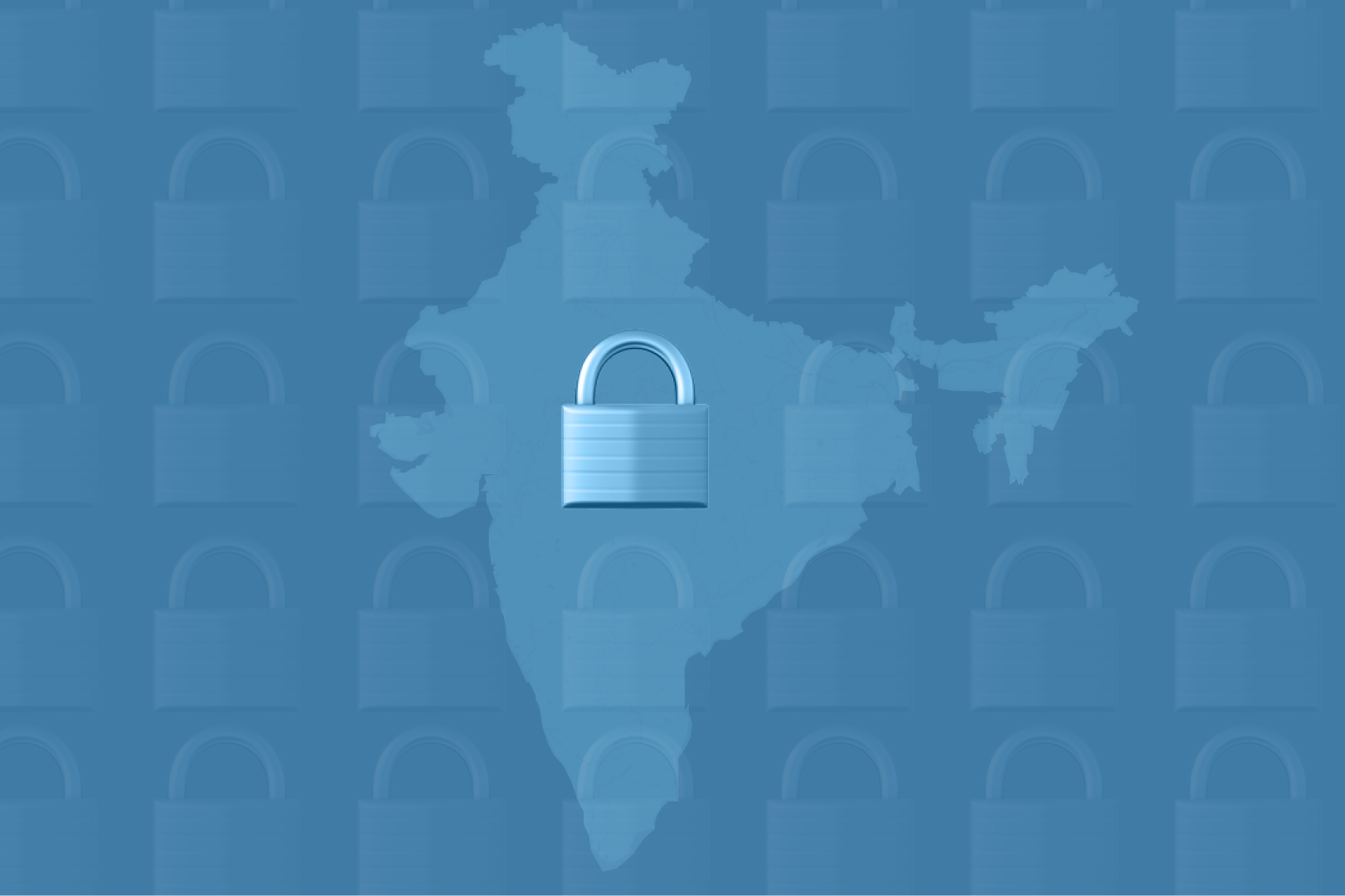Close Cookie Popup
Cookie Settings
By clicking “Accept All Cookies”, you agree to the storing of cookies on your device to enhance site navigation, analyze site usage and assist in our marketing efforts. More info

India’s Digital Personal Data Protection (DPDP) Act, 2023 is here — and it’s changing how every business handles customer information. It’s India’s first dedicated law on data protection and privacy, and it applies to almost everyone running a digital business - especially ecommerce and D2C brands.
At its core, the DPDP Act is simple: collect personal data only when needed, do it transparently, keep it secure, and delete it when the purpose is done.
For brands that use de-anonymization or identity-resolution tools — the ones that help you recognise visitors who browse but drop off — this law doesn’t stop you. It just asks you to handle shopper identity with the same care you handle payments or inventory.
Let’s break it down in a way that’s practical for D2C founders and growth teams.
D2C brands run on data. Every click, cart, and email helps you personalise experiences. But most websites still see 90–97% of visitors leave without converting.
De-anonymization tools such as Shop Pass solve this by linking visits, carts, and product views back to real shoppers (through login, phone, or email) so you can retarget and recover them.
Under the DPDP Act, that’s perfectly legal if you follow the rules of consent, purpose, and protection.
The point isn’t to avoid collecting data. It’s to collect it with permission and transparency. When done right, privacy compliance builds trust and improves conversion, not the other way around.
The Act protects digital personal data, basically, any piece of information that can identify someone directly or indirectly.
It applies to:
It doesn’t apply to:
So, if your brand collects shopper names, phone numbers, addresses, order histories, or browsing behaviour - you’re in scope.
The penalties for non-compliance can reach ₹250 crore (Section 33(2) of the Digital Personal Data Protection Act, 2023), so it’s worth taking seriously.
List every way you collect and use customer data — website forms, checkout, email lists, WhatsApp messages, loyalty programs, or remarketing.
Then map out what’s new: where consent is needed, where data flows to partners (like logistics or marketing tools), and how long you keep it.
If you handle large volumes of data, consider appointing a Data Protection Officer (DPO) or at least assigning someone who’s responsible for compliance.
You can’t protect what you don’t know. Create a simple data map showing:
For de-anonymization tools, track exactly which identifiers (like email, phone, cookies) are being linked and ensure you have consent for each.
Put together internal policies that define how your brand collects, stores, and shares data. Keep it easy to read — not legal jargon.
Focus on data minimisation, only collect what’s essential to serve the customer.
Everyone from your growth team to your customer-support agent should know what personal data means and how to handle it safely.
Consent is the foundation of DPDP. You must tell users what you’re collecting and why, before you collect it and let them say yes clearly.
No pre-ticked boxes. No hidden opt-ins.
Your consent notice should be in simple language (English or regional), with a way for users to withdraw consent later.
You also need to keep a record of consent, who gave it, when, and for what purpose.
If you’ve collected data before DPDP came into force, you’ll have to send users an updated notice once the law is active.
DPDP gives users real control over their data. They can ask you to:
Set up an easy system for users to raise these requests — through email, WhatsApp, or a portal and respond quickly. Slow or ignored requests can lead to penalties.
If you share customer data with third parties — delivery partners, payment gateways, marketing tools — you’re responsible for what happens to that data.
Revisit your contracts to make sure partners:
Audit their security practices too. Your compliance is only as strong as your weakest vendor.
Use strong encryption, limit access to only those who need it, and set up alerts for unusual data activity.
Run regular security checks and have a clear breach response plan, who investigates, who reports to the authorities, and how customers are informed.
This isn’t about ticking boxes. One major data leak can undo years of trust.
The DPDP Act isn’t designed to hurt business. It’s designed to build trust in the digital economy. For D2C brands, that means more confident shoppers, cleaner data, and fewer wasted marketing rupees.
Compliance forces discipline — cleaner consent flows, shorter data cycles, tighter integrations. Those same systems also make your performance marketing sharper and more reliable.
In short: privacy-by-design is the new growth mindset.
De-anonymization tools can still be one of the most valuable growth levers for D2C brands. When used with consent, transparency, and proper data hygiene, they help you:
The DPDP Act simply ensures that this happens in a safe, transparent, and accountable way — for brands and for shoppers.
Responsible identity unlock isn’t about breaking privacy - it’s about building it into how you grow.
Tools like Shop Pass already follow the principles of consent, purpose, and security, helping D2C brands identify visitors, personalise experiences, and retarget effectively, all within DPDP’s framework.
Compliance isn’t a roadblock. It’s the new foundation for sustainable, data-driven growth.